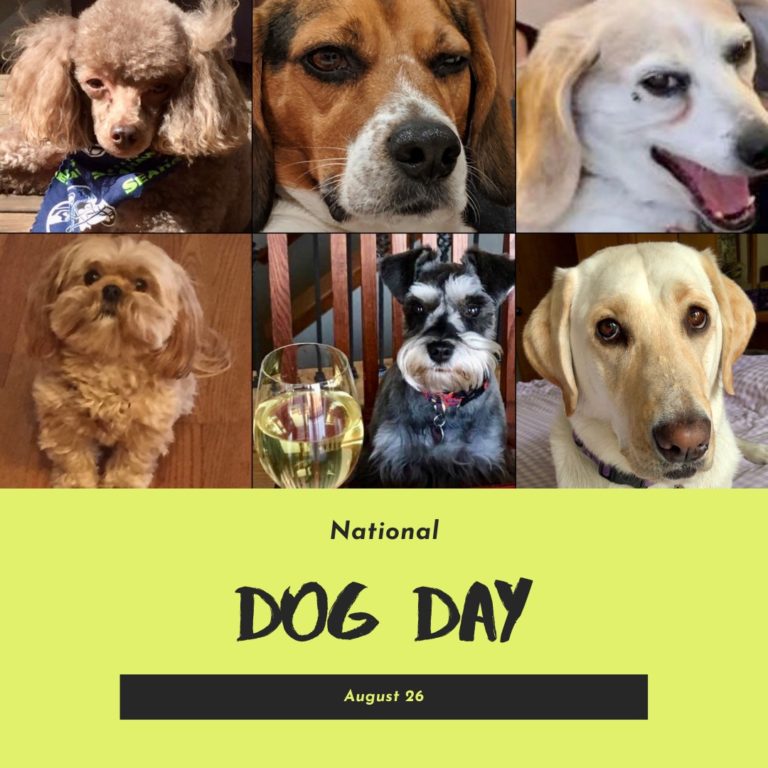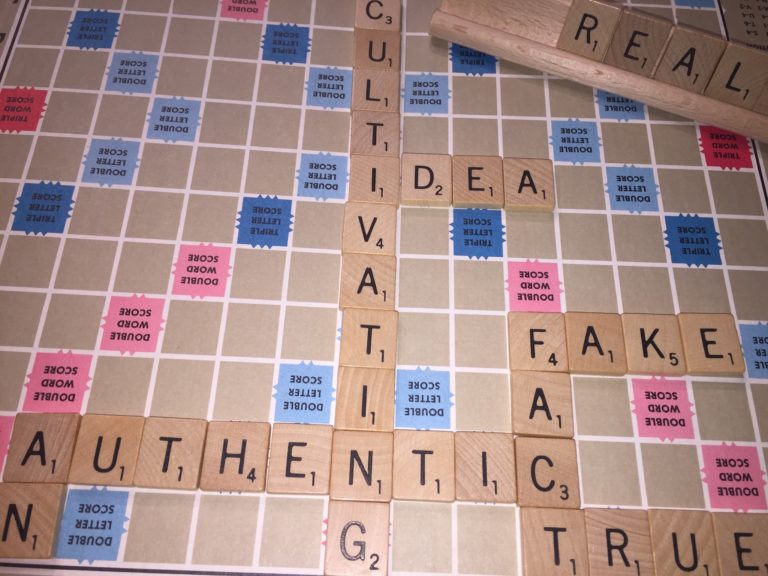Minding an Idea VI: What Are We Practicing?
Two things my husband said to me recently really gave me pause… The first occurred when he and I and a good friend were visiting one of our friends in Helena, Montana, who led us into an amazing toy store. My husband picked up a small object and held it out at eye level for me to see and said, “You need one of these to help you slow down.” It was a figurine of a sloth – one of those furry, long-clawed tree-dwelling animals that moves at the speed of cement hardening. (See the video of Geico commercial with sloth playing Pictionary: https://www.youtube.com/watch?v=Gl3l6Bq6bMo).
We laughed, and I said, “You’re probably right!”. I realized (again) in that moment, that moving fast, hurrying through life and doing as much as I can, is what I practice. Not a way of being that is well-aligned with mindfulness! 
The second thing my husband communicated recently was a very direct request to listen to what he had to say before I squashed or shot down his idea. Another light bulb went off as I felt this comment land a lot deeper, somewhere in the region of my heart and pit of my stomach – Ugh… not a positive reflection. Perhaps you’ve also had a way of being or doing mirrored for or reflected to you – directly or indirectly – and became aware of something that you wanted to change.
We can recognize our conditioned or habitual way of being – our patterns – be compassionate toward them and ourselves, and then reorganize ourselves around our desired outcome. See Minding and Idea IV – Spring Cleaning about habits and rewiring:
‘Habits are wired into our nervous systems and bodies. This is why it’s difficult to make changes easily. A new habit takes awareness, intention, and practice – doing the same thing multiple times to “rewire” our systems so that it becomes easier, requires less energy, and becomes “second-nature” (so we don’t even have to think about it). Some habits embolden and empower us and move us towards our fullest expression as human beings, and some…. don’t. Some outlive their usefulness as we find ourselves in new situations, new relationships, new phases of our lives.’
Some questions you might consider (modified versions of Alan Seale’s three questions: What wants to happen? Who is that calling us to be? What is that calling us to do? www.transformationalpresence.org ):
- How do we want to be and show up and take action in the world?
- What do we value deeply? To what are we committed?
- What practice would be consistent with and support our commitment and new way of being and/or doing?
To facilitate change – in this case, embodying a new way of being and doing, we can involve our bodies. We can design and practicing something new, over and over again, until our nervous systems are rewired and our new way of being and/or doing becomes embodied or second nature.
How I want to be is patient, kind, and loving; and I want to be slower to respond, to listen more and listen better. Why? Because I believe that life is all about relationships – relationships with ourselves, with the Divine (whomever or whatever we consider that to be), and each other. Listening is a key component in developing relationships of any type.
Members of a group to which I belong regularly share their commitments and related practices with each other. We sometimes text each other about doing our commitment practice for the day, as a way of keeping ourselves accountable and supporting each other. I thought a lot about the two things my husband had shared with me recently (about slowing down and listening), and also about my regrets about how I had showed up in some other relationships that are or were important to me. I created a new commitment and practice out of this reflection:
I am a commitment to slowing down to listen from presence, curiosity, and compassion.
My practice starts with standing and finding my Ground (find a stance with my feet about hip or shoulder width apart, finding a balanced place within that stance so that my center of gravity is positioned in the middle of my stance from left to right and front to back). Then I Center – using Strozzi’s method (see Doug Silsbee’s Resilience Video 2: Centering: https://www.youtube.com/watch?v=lvIFR34cSFw )- coming into my full Length – from feet, through my tailbone and up through my spine to the crown of my head; lengthening into my dignity as a human being; coming into my Width by relaxing my shoulders back and down, broadening across my chest and opening my heart center – connecting to my sense of community and belongingness; and sensing into my Depth – all that I bring to this moment from what is behind me (past challenges, hopes, accomplishments, failures, education and training, people who have had my back) through my torso and into the possibility that lies before me in this moment and the future. (Note: You can lengthen, broaden, and deepen in three breaths – one breath for each dimension.) Next, I turn my palms forward in a gesture of being open and receptive, and I state my commitment out loud and slowly:
I am a commitment to slowing down to listen from presence, curiosity, and compassion.
As I say “compassion”, I bring my hands to my heart in a gesture of empathy and acceptance for myself and others. Then I listen…to what is going on inside me, to whatever thoughts or emotion or sensations might be there and the messages for me, for whatever the Universe or Divine wants to tell me. I’ll be doing this practice daily for a while, until there is a shift in my pace, listening, presence, curiosity, and compassion with myself and others. Then, maybe, my commitment will shift – although I think this will take a fair amount of daily practice before these qualities are embodied!
So…
- How do you want to show up and take action in the world?
- What do you value deeply? What is your commitment?
- What practice would support your commitment and new way of being and/or doing?
Have fun playing with “languaging” your commitment (the words you choose and what they mean to you and the feeling they evoke in you) … and the practice(s) that can support you in embodying a new way of being and taking action in the world. Practices can help build awareness (body scans, meditation, journaling), increase knowledge (reading, taking a class, learning through webinars, attending conferences), or build capacity (exercising your body, shifting perspectives, doing the same things differently). Effective practices are do-able and are done regularly. They can be short and simple or longer and/or more elaborate. See what fits for you
Here are some links for more information on commitments and embodiment:
- You Are What You Practice – Richard Strozzi-Heckler, 2016:
https://strozziinstitute.com/articles/you-are-what-you-practice/
- Leadership Embodiment: Building Somatic Intelligence – John Tuite (4:32):
https://www.youtube.com/watch?v=0hz_J50cyts
- Embodiment and Somatic Practices – Stacie Haines (7:03):









